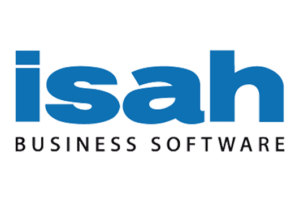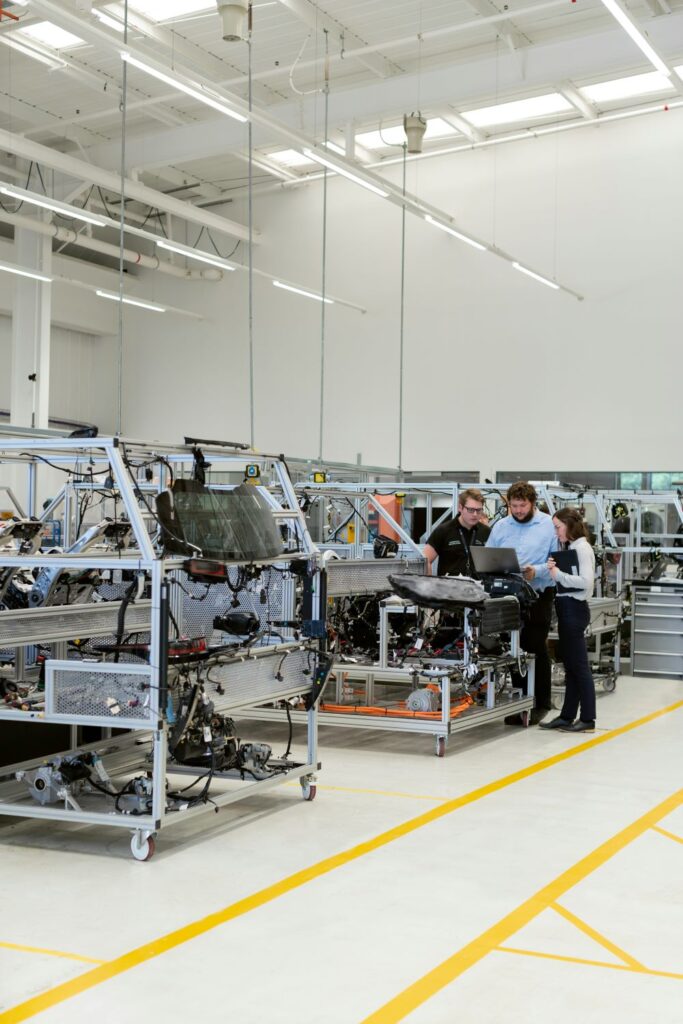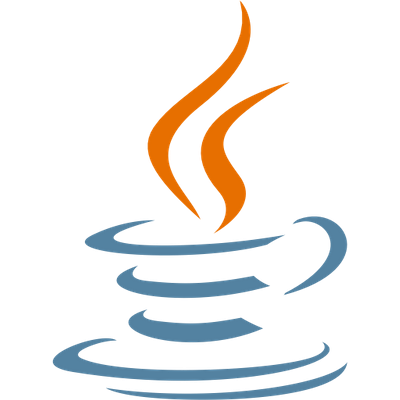Wim van Lemmen, COO of Isah, explains: “Our clients are businesses for whom the final product is fully ‘engineered’ – think of the production of machines or cranes for ships. But we also have clients who work with configure-to-order models, where the final product is assembled from standard components – think of customized vehicle construction. Many of our clients deal with bespoke solutions, sometimes in small series. Isah’s ERP software supports the management of the production process, ensuring that the necessary resources are available at the right time while monitoring costs both beforehand and afterward.”
One of the key characteristics of ERP software is its complexity. Robèrt Duyvesteijn, product owner, provides examples: “Isah’s solution covers the entire process from start to finish: from design, production, sales, to management. Our suite also spans the full breadth, including the financial process from invoicing and cash flow to VAT declarations. Resources in the production process are also registered and forecasted, including inventories, purchase orders, production planning, time tracking, and the service process surrounding completed products. ERP plays a critical role in the management and maintenance of complex machines as well.
Additionally, ERP acts as a backbone for much of the information exchange within our clients’ application landscape. ERP encompasses various types of data and data connections and has many different users with diverse backgrounds, with information accessed through various devices such as desktops, laptops, smartphones, tablets, scanners, and even smart glasses. Increasingly, relevant information is shared with key players in the chain, such as design drawings or safety instruction videos that can be viewed before maintenance tasks.”







